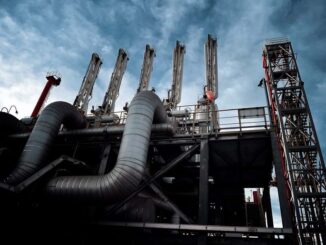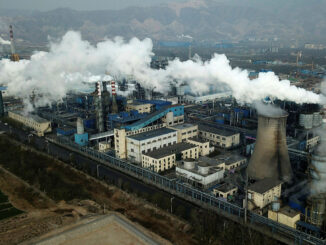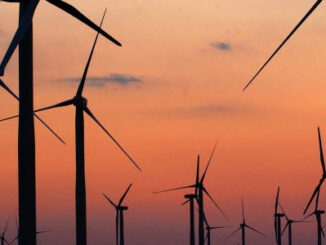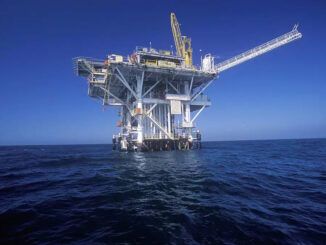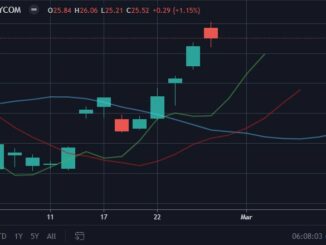
WoodMac: Brazil’s Private Firms To Increase Oil Output By 75%
Wood Mackenzie: Brazil’s private oil companies will increase oil production by 75% from 1.221Mb/d to 2.123Mb/d by 2030. Petrobras is also expected to grow production at an impressive clip, with output expected to increase 61% […]



